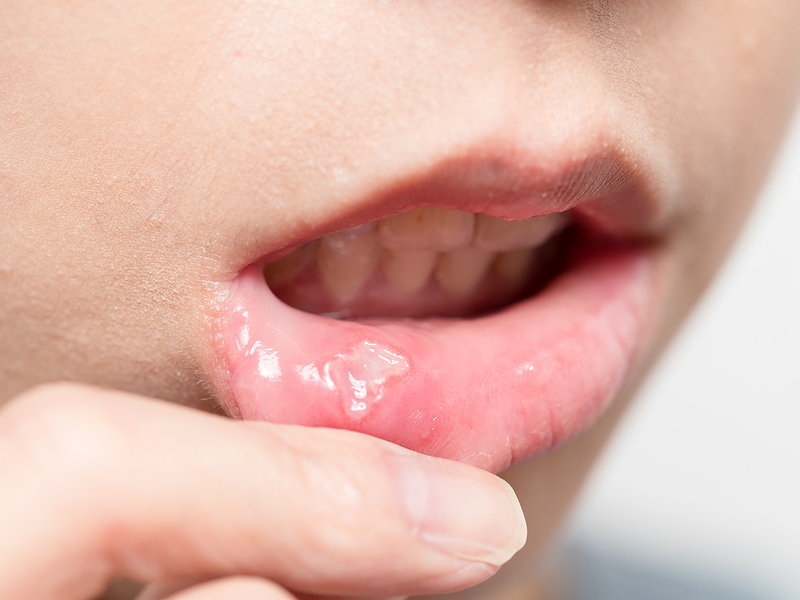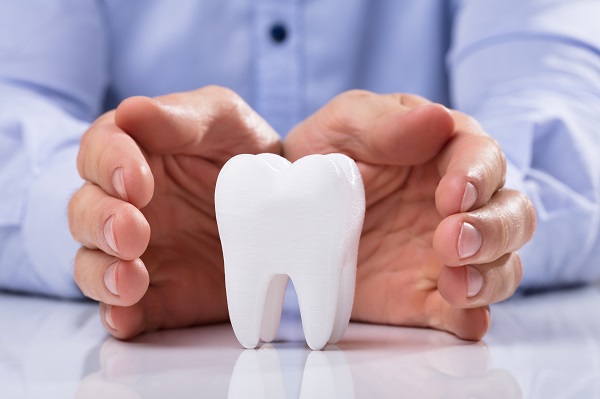The Transformation of Dental Restoration Materials
The materials used in dental restoration have undergone a significant transformation over the years, evolving from simple amalgams to sophisticated composites and ceramics. This change is not just about aesthetics; it’s driven by advances in technology and a better understanding of dental health.
From Amalgam to Composite Resins
For decades, amalgam was the go-to material for filling cavities due to its durability and ease of use. However, concerns about its mercury content have led to a shift towards safer, more aesthetic materials. Composite resins, which match the colour of natural teeth, have become increasingly popular. These resins not only look better but also bond directly to the tooth, preserving more of the natural structure.
Dental Restoration: The Rise of Ceramics in Dentistry
Ceramics have taken the dental world by storm, thanks to their incredible strength and lifelike appearance. Materials like porcelain and zirconia are now commonly used for crowns, bridges, and veneers. These ceramics are biocompatible, which means they’re less likely to cause reactions and can integrate well with natural tissue.
Advancements in Glass Ionomers
Glass ionomer cements are another material that has seen significant improvement. Initially used for their fluoride-releasing properties, these materials now boast enhanced aesthetic qualities and strength. They are particularly useful in paediatric dentistry and for restorations below the gum line, where moisture control is challenging.
Digital Dentistry and Customisation
The integration of digital technology has revolutionised how dental restorations are designed and created. With digital impressions and CAD/CAM technology, dentists can now custom-design restorations in a dental lab with unprecedented precision. This technology not only speeds up the restoration process but also improves the fit and comfort of the final product.
Dental Restoration: Biocompatible and Sustainable Options
As patients become more health-conscious, the demand for biocompatible materials that don’t harm the body or the environment is growing. Researchers are developing bioactive materials that can support tissue regeneration and prevent further decay. Additionally, there is a push towards using sustainable practices in the production and disposal of dental materials.
Embracing Natural Aesthetics
The pursuit of natural-looking dental restorations has also pushed the boundaries of material science. Dentists and patients alike prefer solutions that do not just function optimally but also blend seamlessly with the natural dentition. The latest advancements in composite technologies and ceramic applications aim to replicate the translucency and reflective properties of natural teeth, offering outcomes that are both functional and visually appealing.
Technology-Driven Custom Solutions
Technological integration goes beyond the creation of materials; it also enhances the application and longevity of dental restorations. Advanced imaging and 3D printing technologies allow for treatments that are not only faster but also more precise. This precision ensures that restorations are not only aesthetically pleasing but also fit perfectly, reducing the risk of future complications.
The Shift Towards Minimally Invasive Procedures
In line with the advancements in materials is the shift towards minimally invasive procedures. The ability to preserve as much of the natural tooth structure as possible during restorations is a significant benefit of modern dental materials. Techniques such as inlays and onlays, which require less tooth preparation than traditional crowns, are becoming more common, thanks to materials like advanced ceramics and improved composite resins.
Dental Restoration: Enhanced Patient Comfort and Experience
With the development of newer dental materials, the focus has also shifted towards enhancing the patient’s comfort and overall experience. Materials that set faster, cause less irritation to gums, and require less time in the dental chair are prioritising patient comfort. Moreover, the reduced need for repeat visits due to the durability of modern materials adds to a positive patient experience.
Looking Ahead
The future of dental restoration materials is incredibly promising. With ongoing research into bioactive and nano-composite materials, the next generation of restorations will likely be even more effective at mimicking natural tooth properties and promoting oral health. The evolution of dental materials is not just a testament to technological advancement but also reflects a broader commitment to patient safety, health, and aesthetics.
From filling cavities to complete smile makeovers, the materials used today are safer, stronger, and smarter. As we continue to embrace new technologies and materials, the benefits extend far beyond aesthetics, offering enhancements in dental treatment that were once thought impossible. The journey of dental materials is an exciting area of dentistry that will undoubtedly continue to evolve, pushing the boundaries of what’s possible in dental care.




